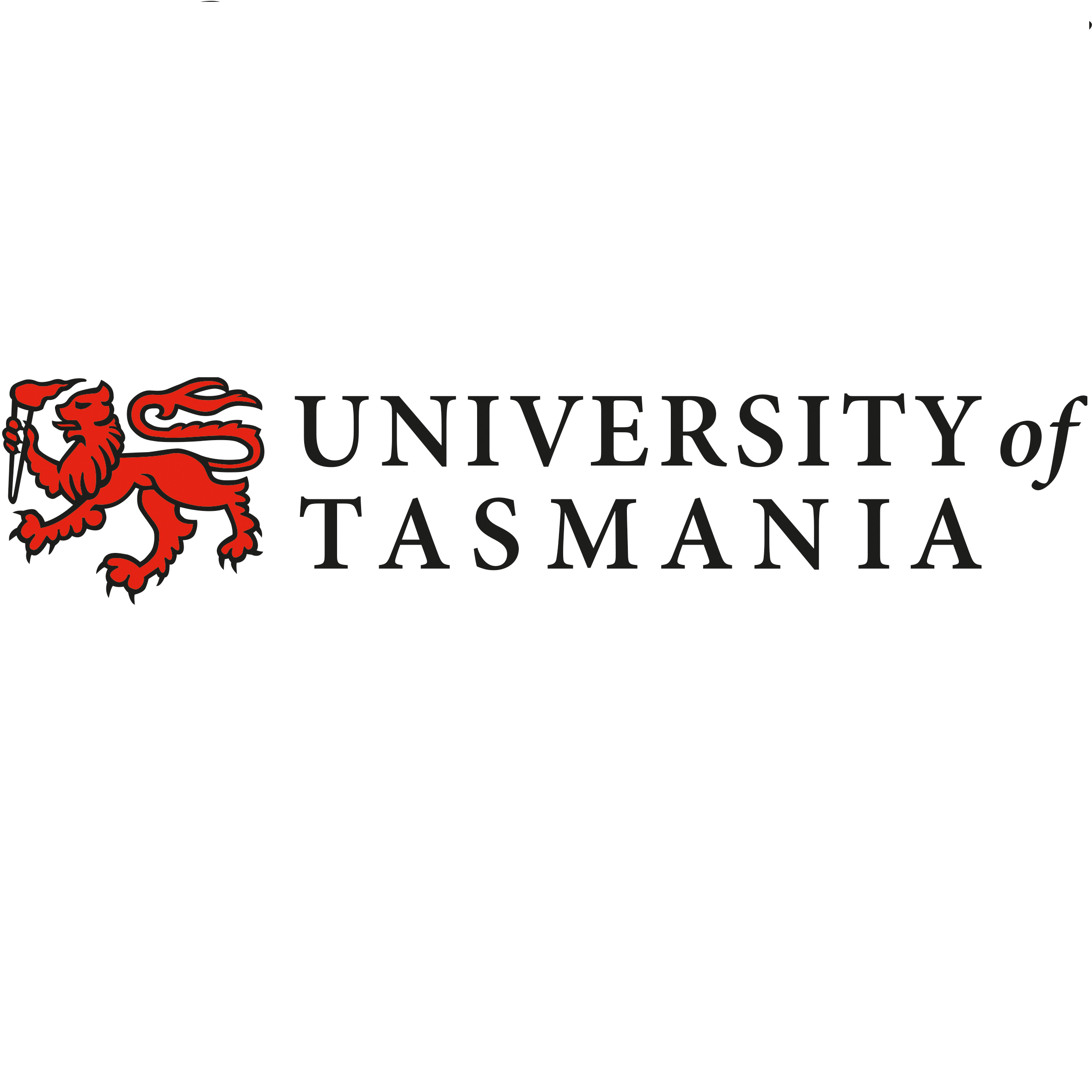Brief description
Interactions between native and introduced species can help to elucidate the impact of exotic species on the broader community. This work examines utilisation of an introduced gastropod, the New Zealand screwshell (Maoricolpus roseus) by native hermit crabs in eastern Tasmania. Variation in shell occupancy by hermit crabs was examined across different depths (10, 20, 30 and 40m) within a single site (Dennes Point, SE Tasmania). Sediment cores were taken from 10 and 20 m to compare sediment size structure. A sediment preference trial using the hermit crab Paguristes tuberculatus was also carried out (using sediment from 10m and 20m) to try and determine the low level of hermit crab occupancy at 20m (compared with that at 10m).Lineage
Maintenance and Update Frequency: notPlannedNotes
CreditSchool of Zoology, University of Tasmania
Natural Heritage Trust (NHT) Grant
To examine the association between Maoricolpus roseus and hermit crabs - and thereby identify potential impacts of this introduced screwshell on native populations of hermit crabs in eastern Tasmania - specifically looking at depth-related variation in occupancy and utilisation of M. roseus shells by hermit crabs.
Created: 27 05 2008
Data time period: 2003 to 2003
text: westlimit=147.2; southlimit=-43.1; eastlimit=147.5; northlimit=-42.7
text: uplimit=40; downlimit=10
User Contributed Tags
Login to tag this record with meaningful keywords to make it easier to discover
- global : 2a78d8d0-2c58-11dd-bcd1-00188b4c0af8


